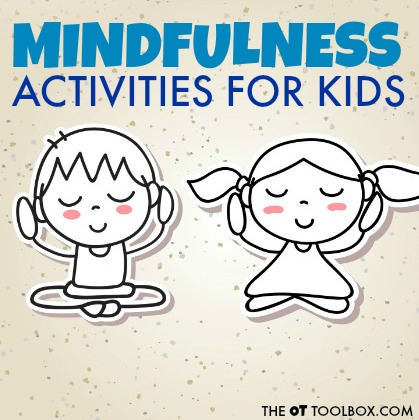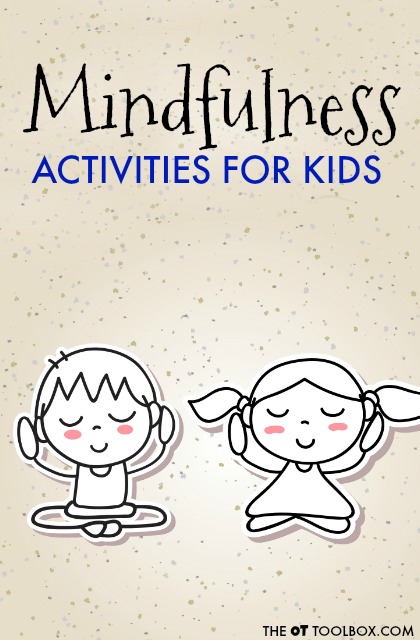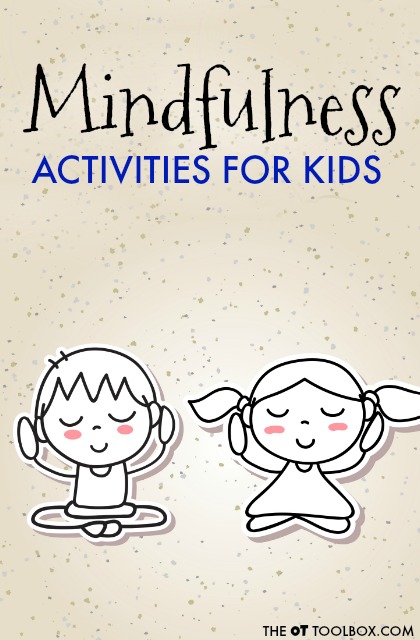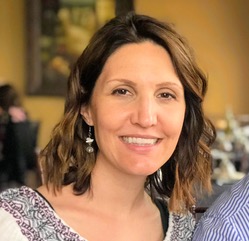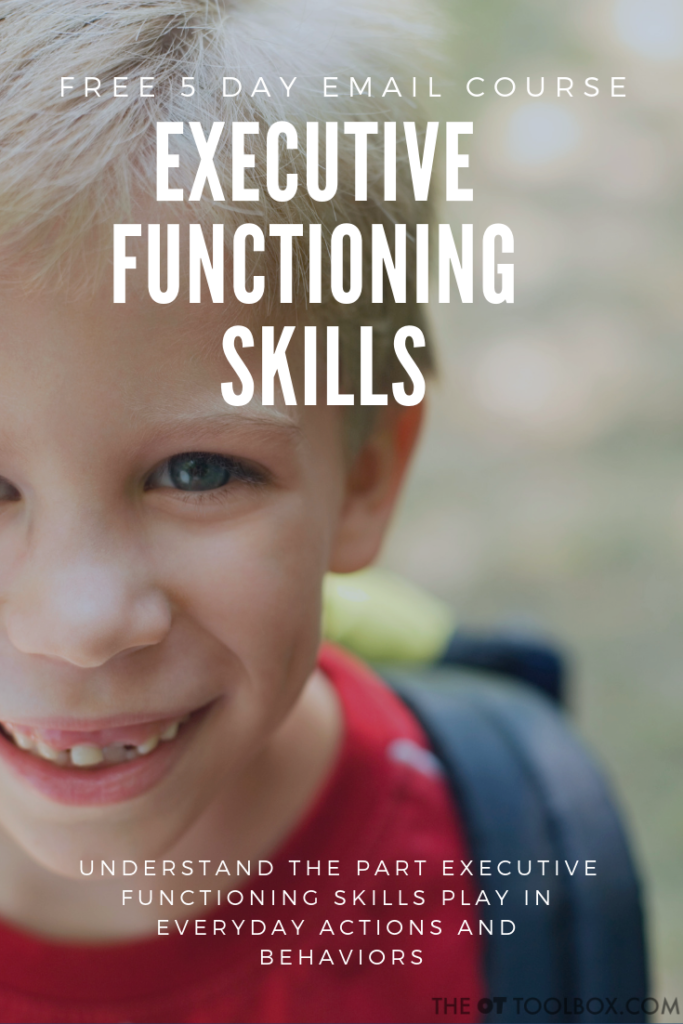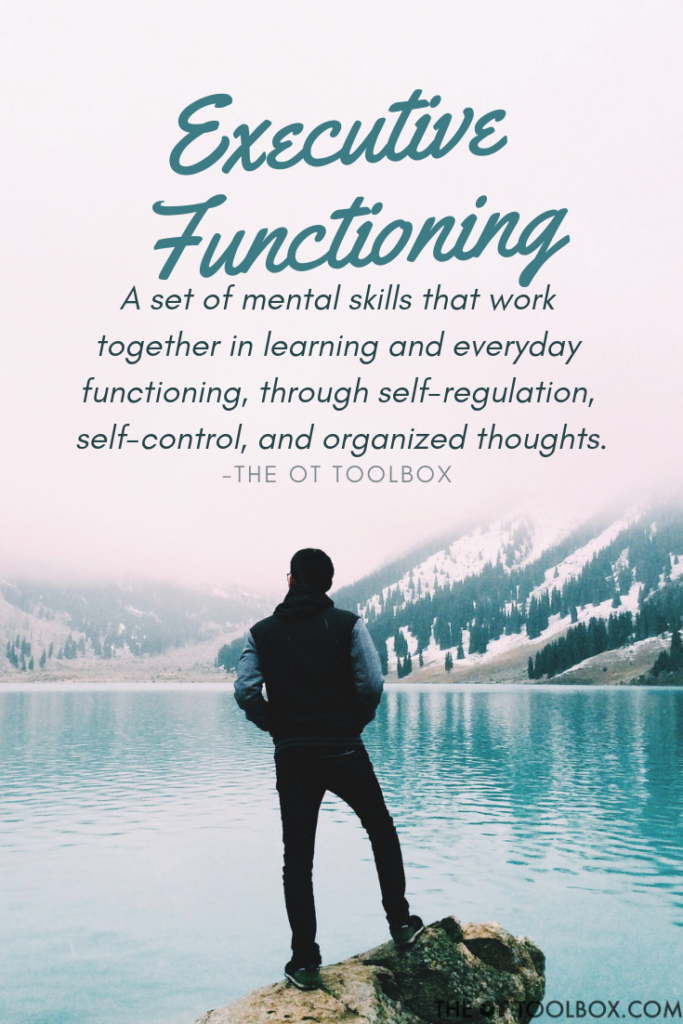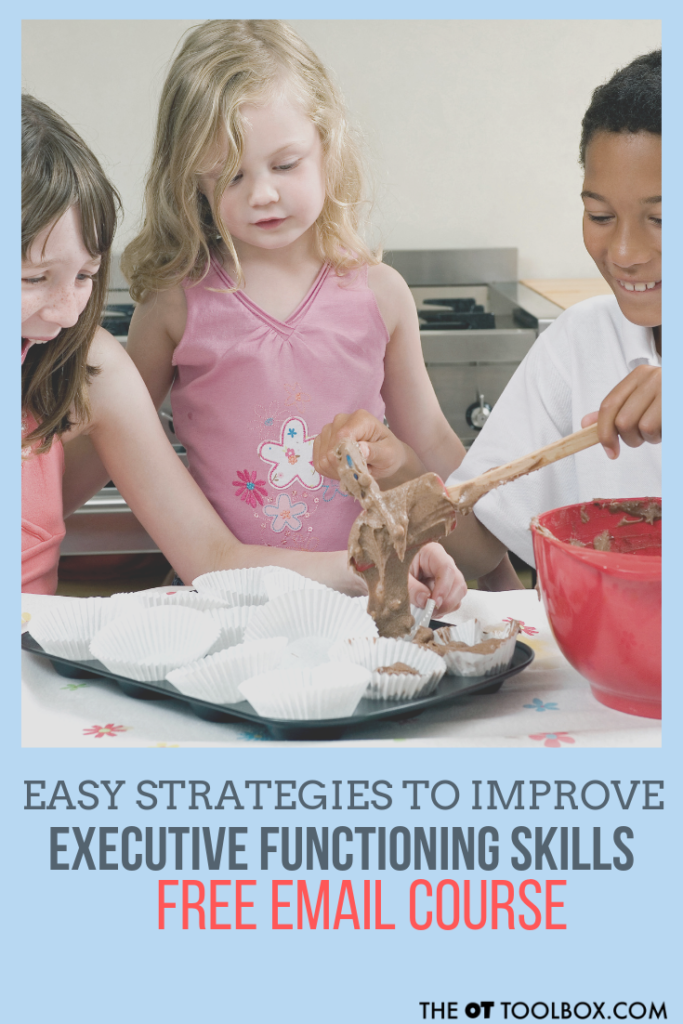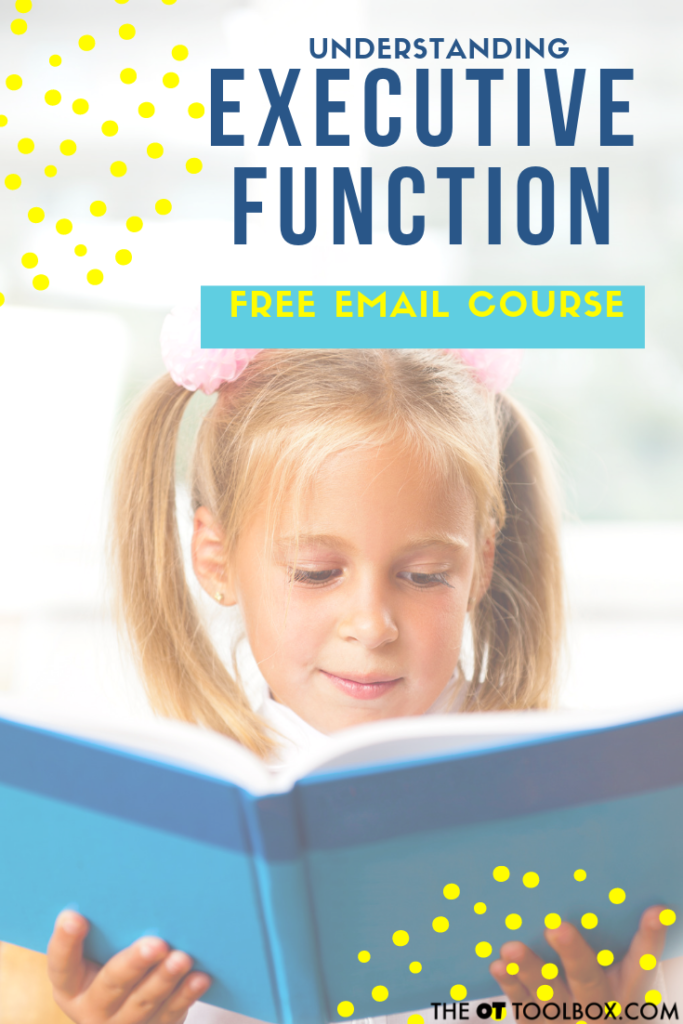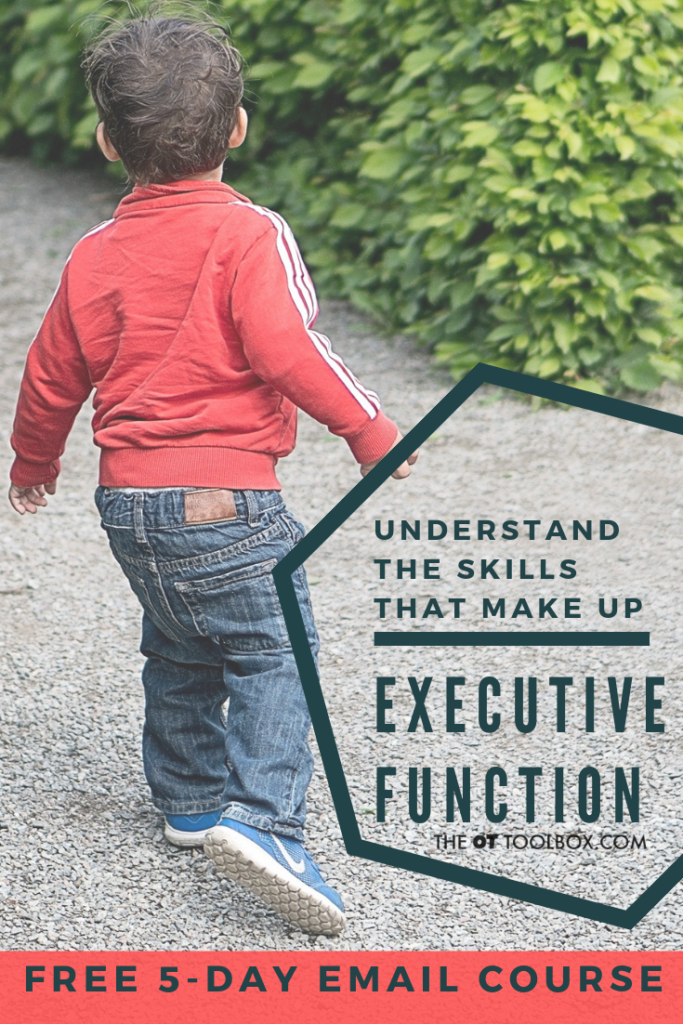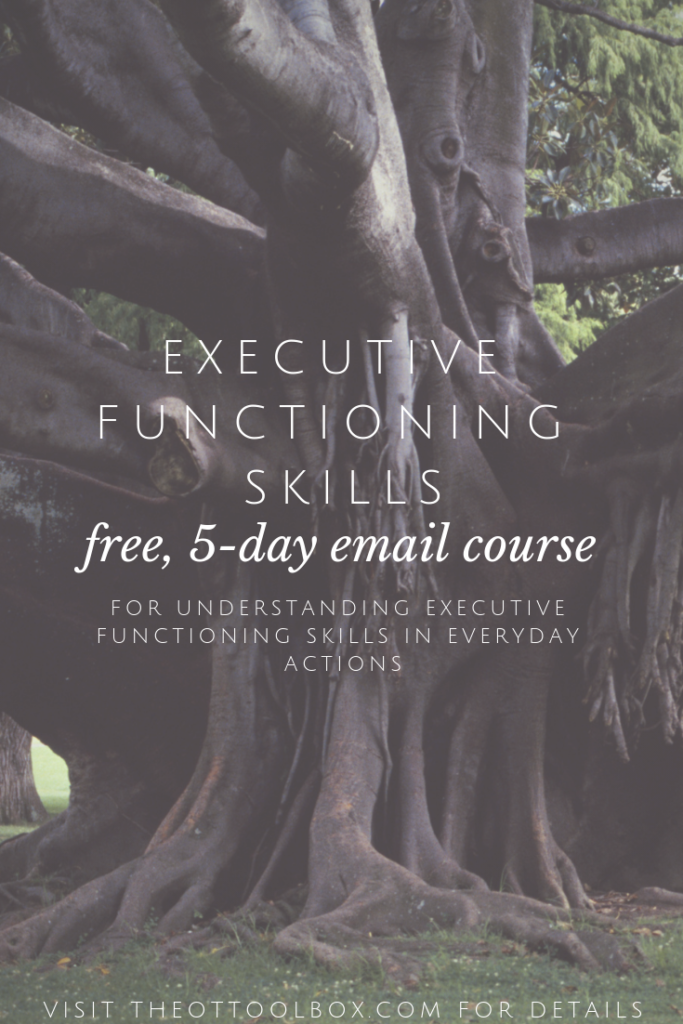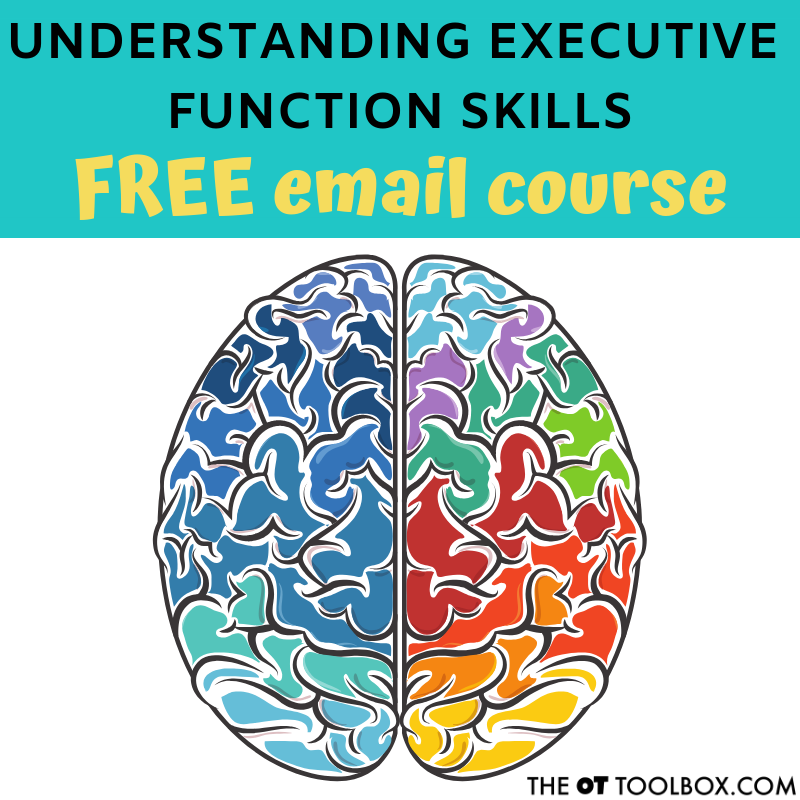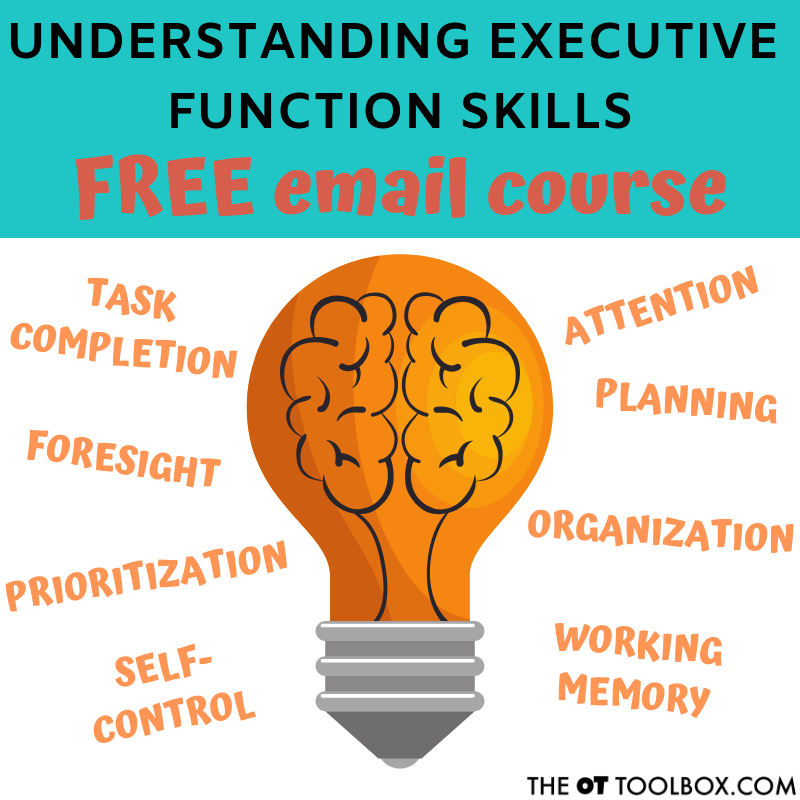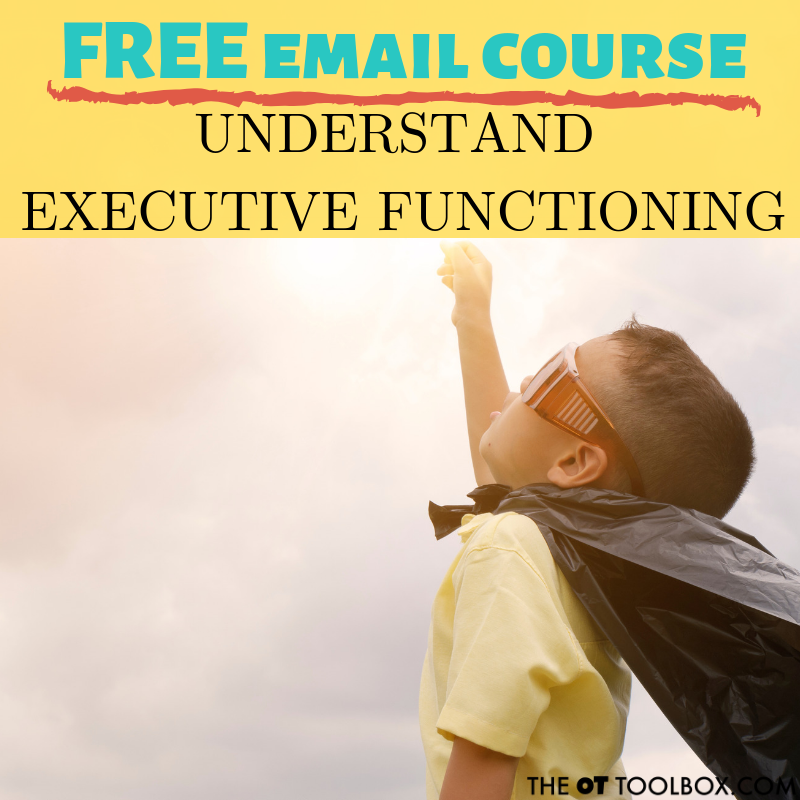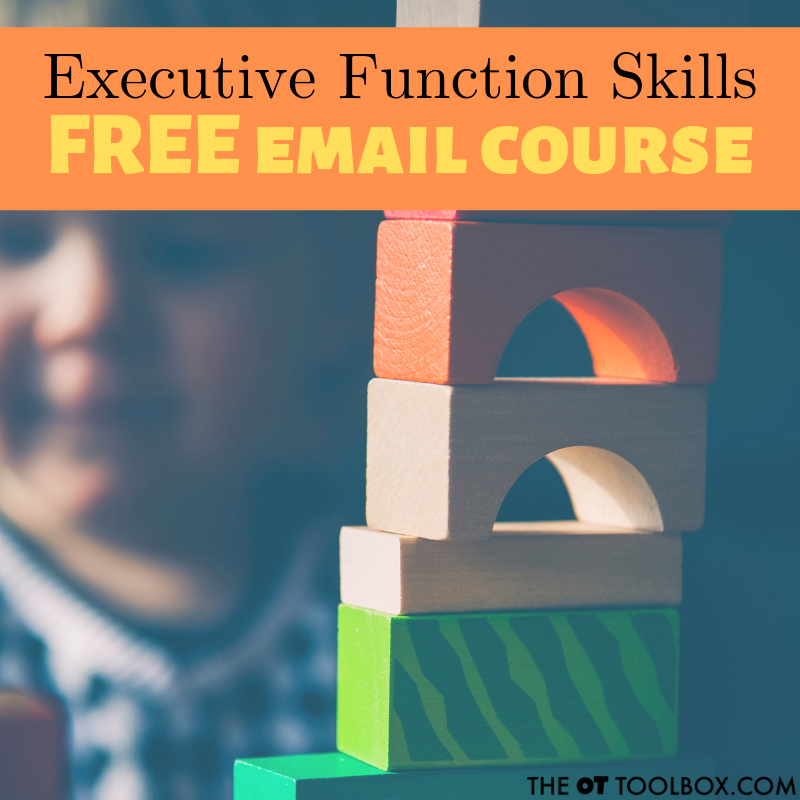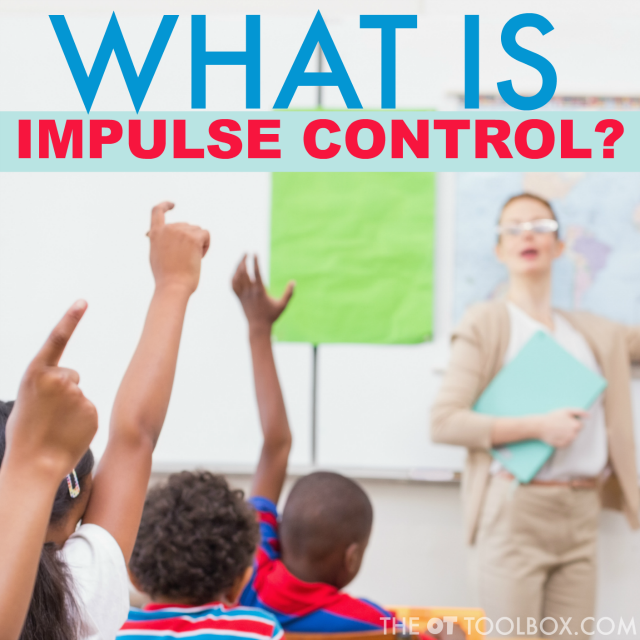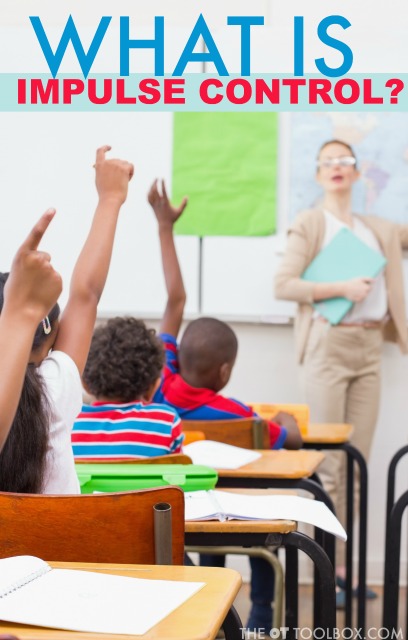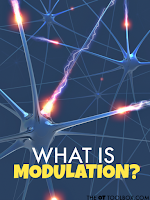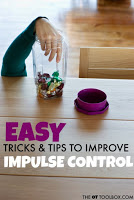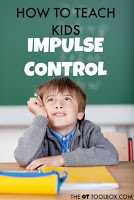Here, you will find fun mindfulness activities to help kids with creative mindfulness exercises that can help kids feel better, reduce stress, address anxiety, and have a greater awareness of their body and mind. Mindfulness activities for kids can be used as a self-regulation tool or a coping strategy. The sky’s the limit!
Looking for more ways to teach mindfulness? Here are winter themed mindfulness activities that kids will love.
Fun Mindfulness Activities
First, let’s talk about what mindfulness means.
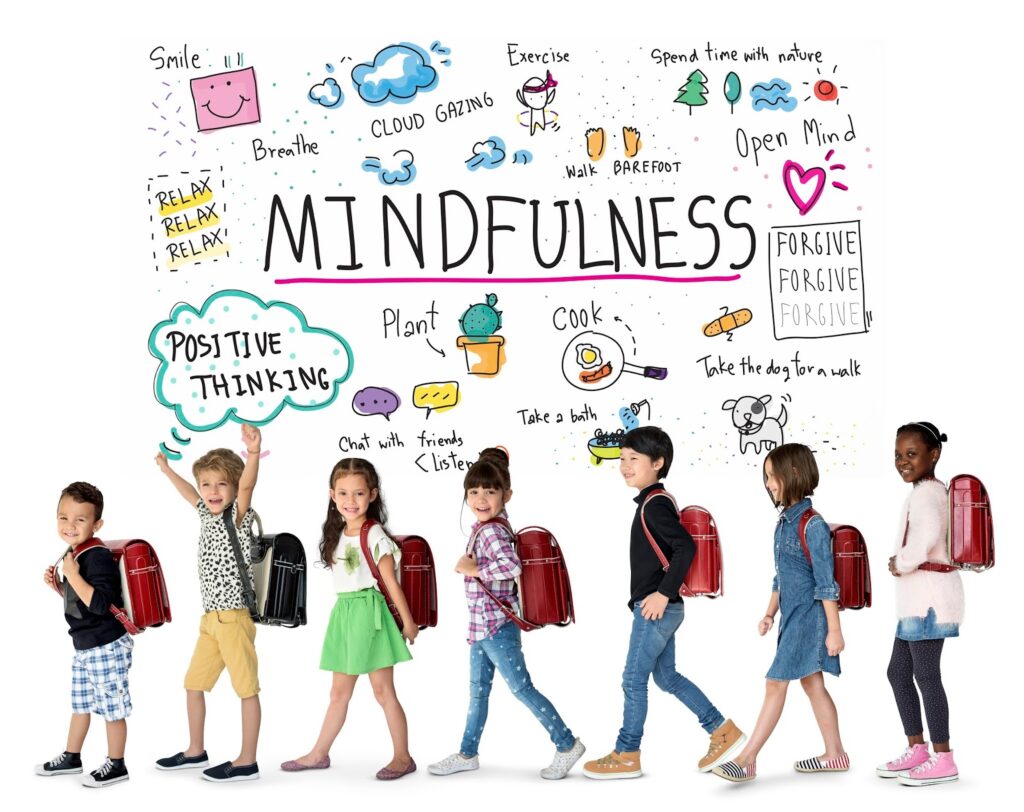
What is mindfulness?
Mindfulness is the ability to bring your attention to the events happening in the moment. It allows us to carefully observe our thoughts and feeling, to develop a sense of self awareness. Mindfulness can be done anywhere. It does not require special equipment. It can be as easy as sitting and thinking or visualizing a place in your mind.
Who is mindfulness good for?
Mindfulness is great for any age, including kids. School can be a very overwhelming experience with expectations, rules, noises, crowds. Being able to do fun mindfulness activities can be a good way for children to self-regulate, focus and feel better emotionally and physically. Learning how to self-regulate (being able to manage your own emotions) is an important skill to learn at a young age.
Mindfulness is a helpful tool in addressing executive functioning skills needs in kids.
Mindfulness activities for kids
Listed below are some easy, beginning mindfulness activities to try with kids.
Looking for more ideas? Here are some mindfulness videos on YouTube.
Mindfulness Activity #1: Mindful Breathing-
Taking deep breaths is so important in relaxation it brings awareness to your body. There are many different ways to teach kids to take deep breaths and then blow out. Using a pinwheel, blowing bubbles, blowing out candles, picturing a balloon opening and closing with breath. Even having your child breath in while you count to 5 and then breath out.
Mindfulness Activity #2: Body Scan-
Have your child lay on his/her back. Tell them to tense up all muscles from head to toe and hold for 10-15 seconds. Then have them release and relax, ask them how they feel. This exercise helps kids to recognize how their body is feeling in a tense vs. Calm state.
Mindfulness Activity #3: Visualization or Guided Imagery–
This is a relaxation technique that is used to promote positive mental images. You can find guided imagery scripts online, pertaining to many different subjects from nature to emotions. Start by having your child close their eyes, while seated or lying down. Slowly read the script and have them visualize the image in their minds, then have them draw a picture of that place and keep it in their desk or at home as a reference to a calm place for them.
Mindfulness Activity #4: Take a Walk-
Being outside and taking a walk is a great way for your child to be present in the moment. Point out the different sounds heard from birds chirping to leaves rustling. Notice the smell of the fresh cut grass or flowers. Feel the different textures of sand and rocks. Notice the sun, wind and clouds. Bring a blanket and lay on the grass, look up at the trees, look at the clouds. Walk over to a pound and listen for frogs, look for fish and throw rocks in to make a splash.
Mindfulness Activity # 5: Stretching/Yoga-
Taking deep breaths and stretching can be a very calming and teaches you to be aware of how your body is feeling. Turn the lights down, put on relaxing music and help guide your child through bedtime relaxation stretches for kids.
Use these mindfulness strategies for kids as a coping strategy, to help with attention in the classroom, to impact learning, or to address self-regulation needs. What’s very cool is that each awareness activity could be themed to fit classroom or homeschool lessons, the curriculum, or seasons. Make these mindfulness activities fit the needs of your classroom, clients, and kids!
Mindfulness is a coping strategy used in The Impulse Control Journal.
The Impulse control journal is a printable journal for kids that helps them to identify goals, assess successes, and address areas of needs. The Impulse Control Journal is a printable packet of sheets that help kids with impulse control needs.
Read more about The Impulse Control Journal HERE.
The Impulse Control Journal has been totally revamped to include 79 pages of tools to address the habits, mindst, routines, and strategies to address impulse control in kids.
More about the Impulse Control Journal:
- 30 Drawing Journal Pages to reflect and pinpoint individual strategies
- 28 Journal Lists so kids can write quick checklists regarding strengths, qualities, supports, areas of need, and insights
- 8 Journaling worksheets to pinpoint coping skills, feelings, emotions, and strategies that work for the individual
- Daily and Weekly tracking sheets for keeping track of tasks and goals
- Mindset,Vision, and Habit pages for helping kids make an impact
- Self-evaluation sheets to self-reflect and identify when inhibition is hard and what choices look like
- Daily tracker pages so your child can keep track of their day
- Task lists to monitor chores and daily tasks so it gets done everyday
- Journal pages to help improve new habits
- Charts and guides for monitoring impulse control so your child can improve their self-confidence
- Strategy journal pages to help kids use self-reflection and self-regulation so they can succeed at home and in the classroom
- Goal sheets for setting goals and working to meet those goals while improving persistence
- Tools for improving mindset to help kids create a set of coping strategies that work for their needs
